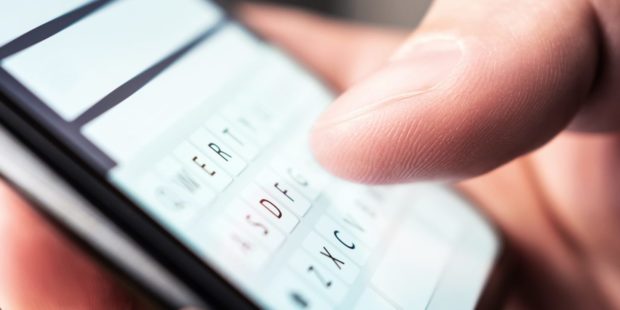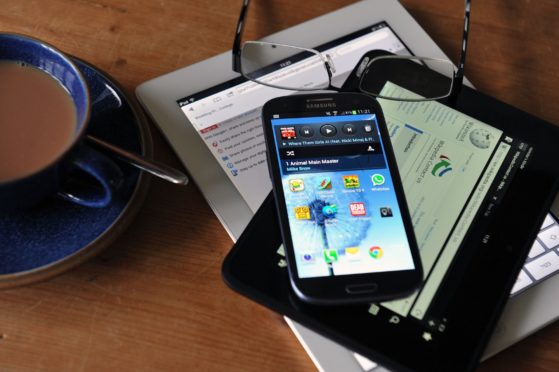A warning has been issued to be on guard for bogus bank texts seeking payment confirmation.
Angus Council said there has been a surge in cases of fake texts pretending to be security messages from banks, asking for confirmation of a payment.
The message asks the person to tap on a link to confirm payment to a named person.
However, the fake texts have links that ask for the person’s bank log-in details and puts them at great risk of theft and banking fraud.
Many of the scams claim to be from the UK’s largest banks and building societies, including Barclays, Halifax, HSBC and Lloyds.
The council’s Trading Standards Team has issued an appeal calling on people to remain vigilant when making any digital payments or sharing information online.
Officer Katherine Hart, also lead officer at the national Chartered Trading Standards Institute, said: “I am seeing so many reports of this scam and, indeed, have received multiple versions of it on my phone.
“The public can be very vulnerable to this type of fraud, especially now that more and more people rely on online payments.
“If you receive a suspicious text like this, please contact your bank directly and verify with them.”
The fake bank texts are the latest in a number of fraudulent scams that have surfaced during the pandemic, particularly involving mobile devices.
It comes after warnings about a scam campaign involving fake Royal Mail texts and emails.
Katherine added: “Fraudsters change the form and methods of their scams to match changes in consumer behaviour.
“The massive increase in online shopping and payments means the public must be on their guard now more than ever when making online payments and receiving messages that claim to be from their bank.
“If you do receive a suspicious text like this, contact your bank directly and check with them.
“Individuals can also forward suspicious texts to 7726, which is a free reporting service ran by Ofcom.
“We must protect ourselves and others from these scams but also provide vital intelligence to authorities.”
The public can also report email scams to the National Cyber Security Centre (NCSC) by emailing report@phishing.gov.uk

